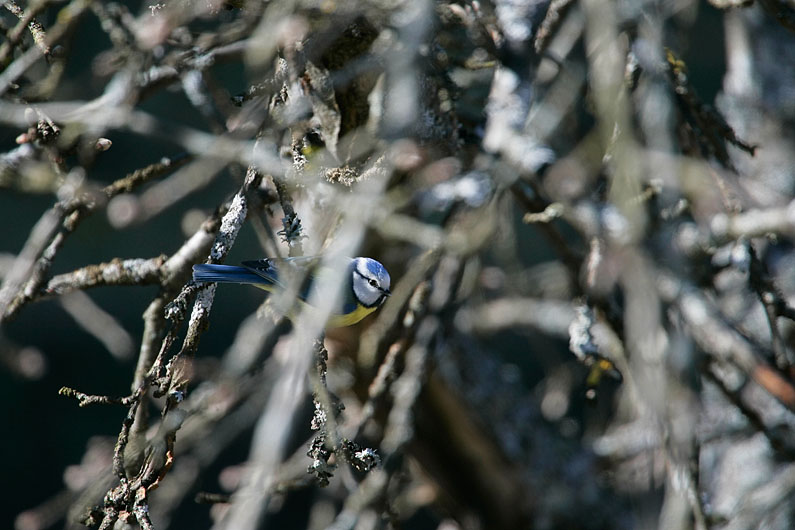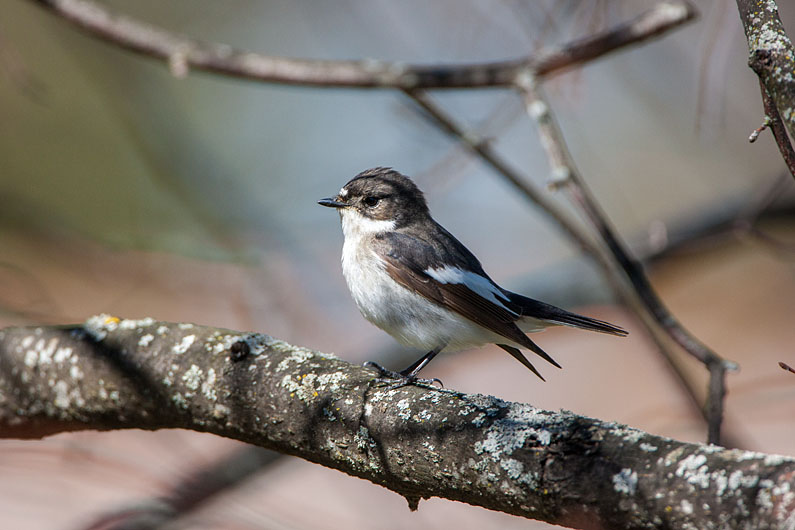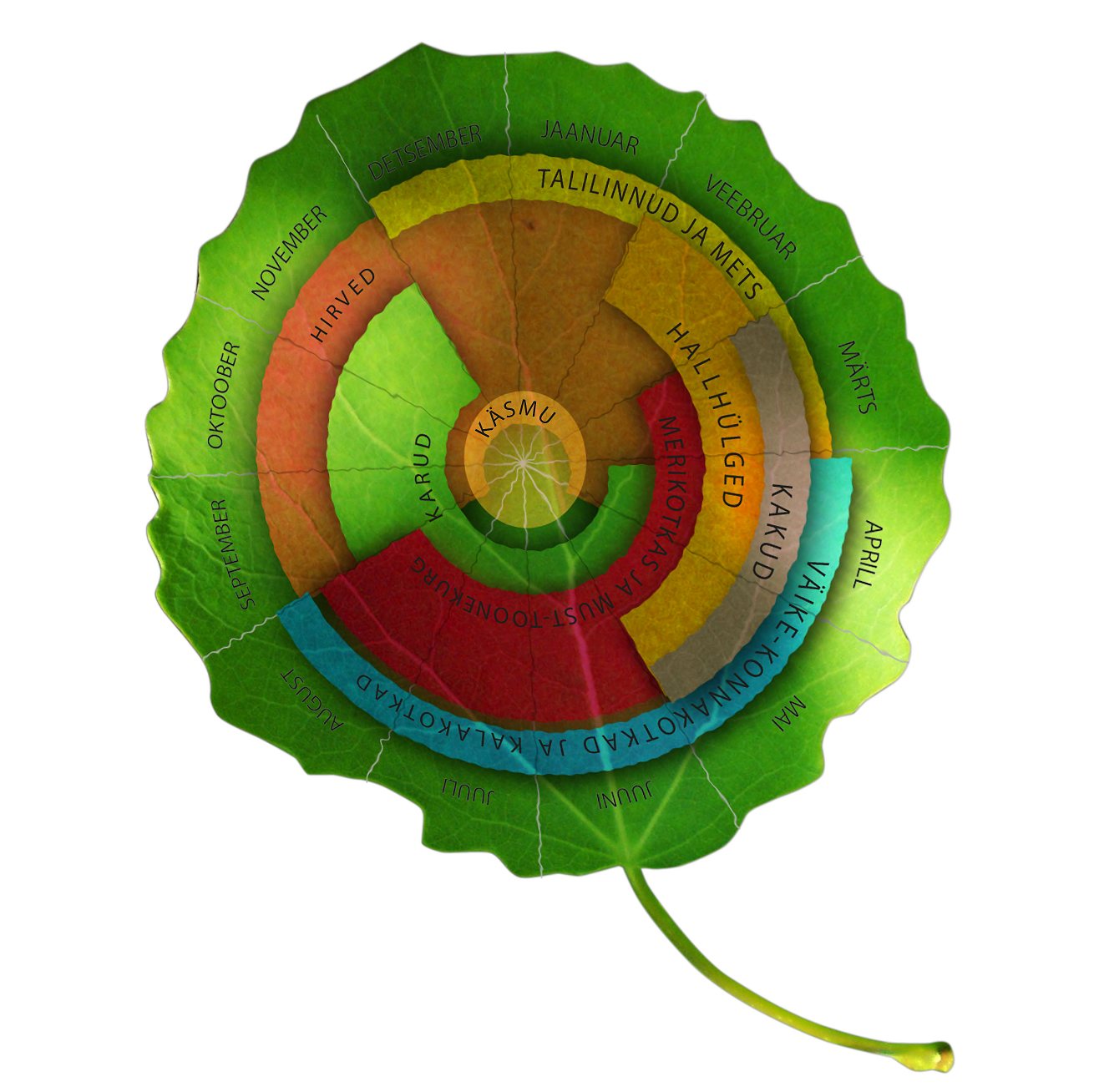Great Tit Year science news conveyed by Marko Mägi, marko.magi@ut.ee
Photo Arne Ader
Translation Liis
Blue tit
Hawk-eyed, eagle eyed –the expressions are tied to the keen eyesight of birds.
Birds whose eyesight is noticeably better than that of humans are also able to see light invisible to the human eye – radiation in the UV part of the spectrum. The visual capacity of birds does however not stop there. Since many birds catch their prey in the air, they must distinguish a great number of details in movements in order to be successful. While a human viewer sees what happens on a film screen as a uniform smooth movement when in fact looking at images that change at a rate of 24 frames per second, then birds are able to see many more frames per second individually.
Until now high-speed visual capacities of insects have been known but how fast do birds see? Scientists at the universities of Uppsala and Stockholm carried out laboratory experiments with blue tits and pied and collared flycatchers where they trained the birds to feed at LED lamps flashing at frequencies of 50 times per second (50 Hz) up to 2000 Hz. 2000 Hz is a frequency that should appear as a uniform light flow to living organisms. In the beginning of the experiment the birds were offered food only at a lamp working at 50 Hz and the birds learnt that food was to be had only at that light. After that the flicker frequency of the light was raised by stages until the birds no longer could distinguish which lamp the food was at.
On the basis of body mass and metabolism rate the scientists predicted that discerning between the flicker frequencies of the lamps by the birds in the experiment would have a maximum at 100 Hz. The birds however surpassed the theoretically calculated numbers significantly, indicating that the development of rapid visual capacity has been a favourable trait in evolution.
In the experiments blue tits could distinguish on average 129 Hz, collared flycatchers 127 Hz and pied flycatchers as much as 137 Hz lamps, and the visual capacity of one pied flycatcher even reached 146 Hz. These results exceed the data known until now about vertebrates by nearly 50 Hz. The visual capacity of the birds moreover also depended on the light intensity of the lamps – at weaker light the discerning ability of the birds was smaller. This may explain why tits and flycatchers use as much daylight time as possible for feeding since the activity of insects is greater then and their rapid visual capacity can be used maximally in catching the prey.
All the bird species in the experiment are good fliers and skilled at manoeuvring in dense thickets. While blue tits during breeding preferentially search food in tree canopies, flycatchers also catch their prey directly in the air and there the ability to distinguish objects rapidly helps to process the visual info in the thicket and to respond to the movements of the prey. The manoeuvres in flight that seem incredible to us may be possible due to this very good visual capacity.
Boström et al. 2016. Ultra-Rapid Vision in Birds. PLoSONE 11:e0151099. doi:10.1371/journal.pone.0151099
Pied flycatcher




